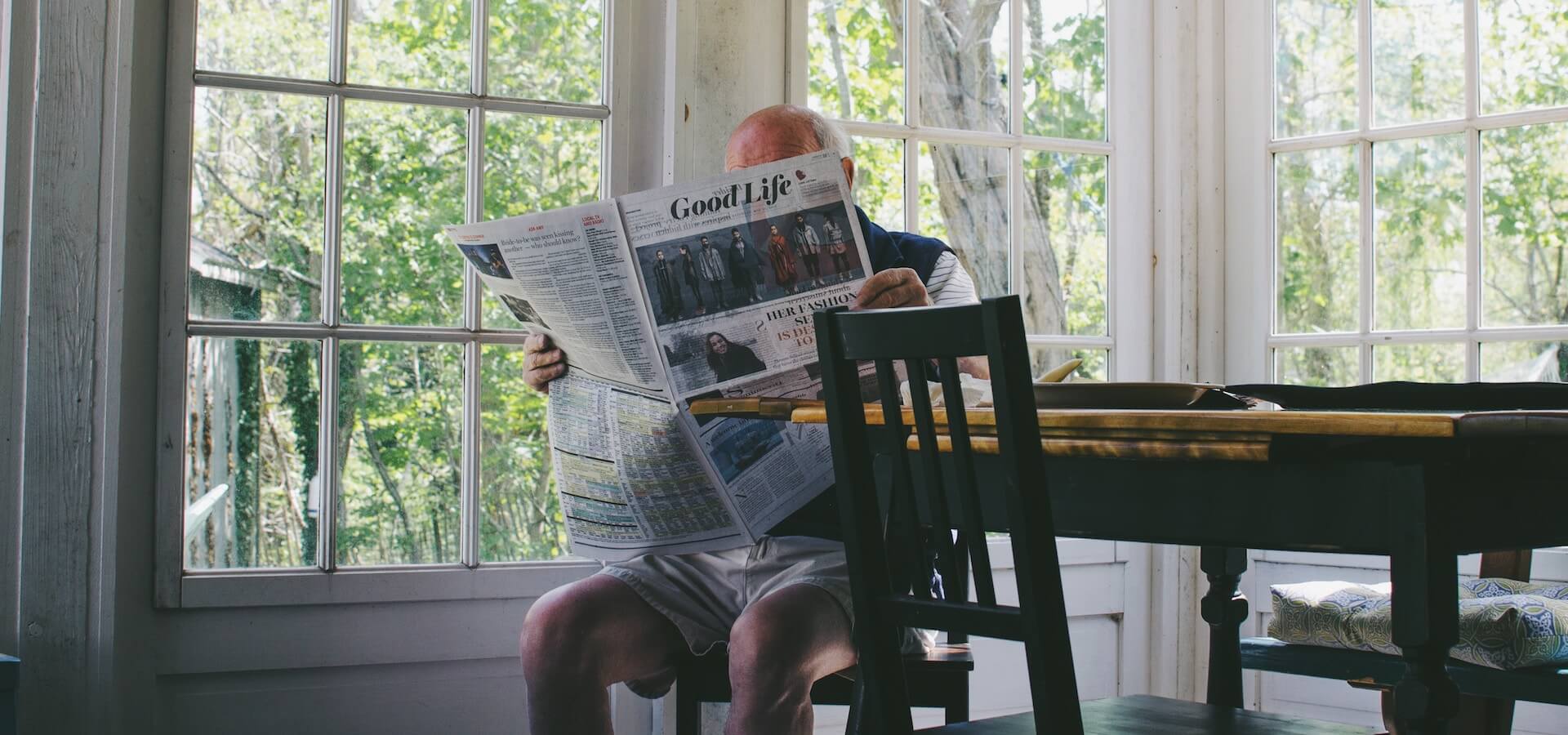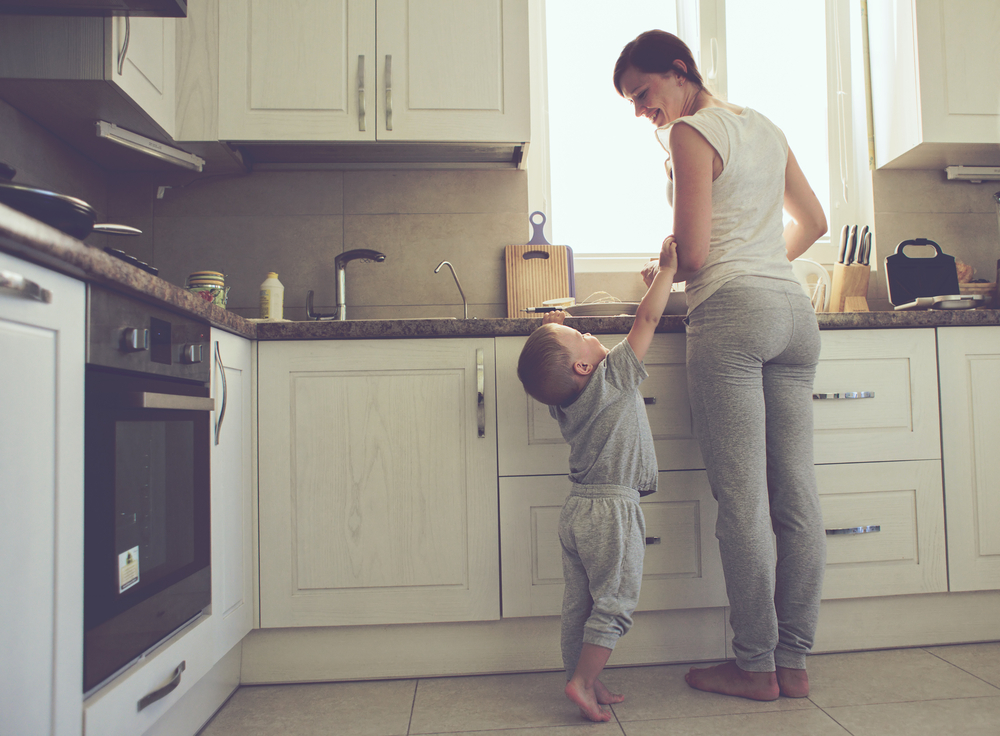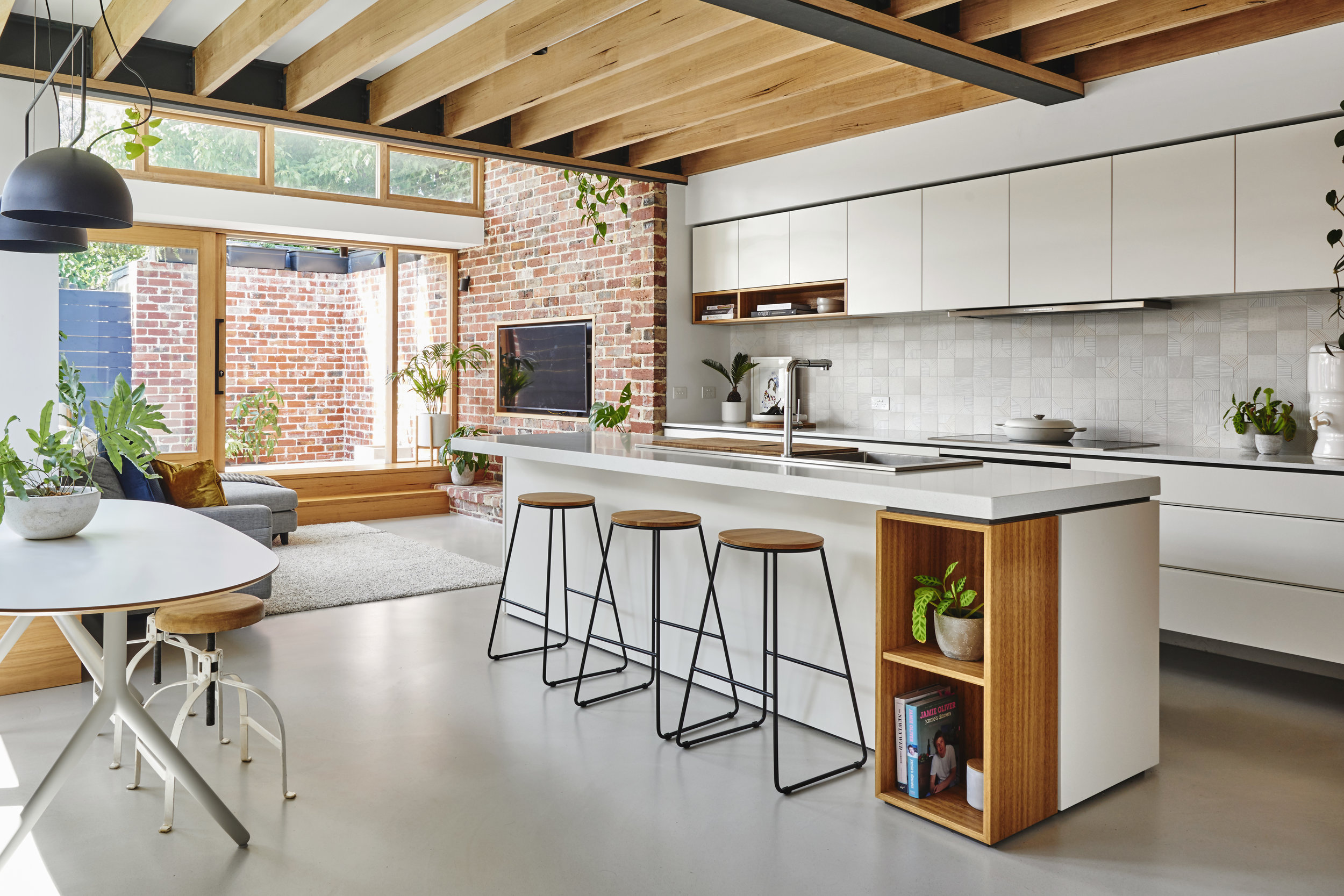Are you considering staying at home for as long as possible into your senior years? Or perhaps your elderly mother or father is moving in with you so you can keep a watchful eye over them in conjunction with aged care support services?
With Australia’s ageing population it has become increasingly important to prepare to look after our senior citizens by learning how to make a home safe for the elderly.
Ageing in place (aka an aged care residence) has become increasingly popular in Australia, and as of 2017, 71,400 Australian seniors were in some form of home care, an increase of 84 per cent from 2007. While this is a period of transition, making your home safer for yourself, a partner or elderly parent, doesn’t have to be too complicated.

Accidents, particularly falls, can happen so easily within the home and what may seem safe to the younger generation, could be a potential hazard to the elderly. Fortunately, there are a number of ways to make a safe home environment for the elderly, as day-to-day activities become more challenging.
Below is our guide to making a house design safer for the elderly, from room to room:
Topics in this article:
Entrance
Depending on the needs of your family member, the entrance to your property and the entrance hall can be modified accordingly. If wheelchair access is necessary and your property is currently accessed via a step then you will need both a ramp leading up to your door as well as a flat, smooth surface leading into your entrance hall. If wheelchair access isn’t required, then a simple railing along your entrance path and into your entrance hall will suffice.
On top of these additions, you can ensure your entrance path has no loose gravel, wobbly bricks or uneven earth. As we age, our ability to maintain balance decreases, so any uneven surface is going to increase the chances of a fall. Whether you need to repair or even replace your pathway, it is a vital first step to creating safer access to your home.
Kitchen
While the kitchen is often considered the heart of a home, it is also a space filled with ample opportunity for accidents or injury. From liquid spills on the floor, and unreachable crockery, to ovens and stoves that could be forgotten about and difficult to open cupboards, the elderly can find it a challenging space to navigate.
The below guidelines should be implemented for the kitchen when making a home safe for the elderly, whether your loved one is lacking in strength, memory, or both:
- Make sure the floor is always clear and clean.
- Set automatic shut off times on all appliances, particularly the oven and stove.
- Store cutlery and crockery in easy-to-reach locations (not too high or too low), minimising the need to reach up or bend down for heavy items that could result in a loss of balance.
- Install easy-to-open cupboard doors and drawers that require minimal strength to open.
- Place frequently used food items at the front of the fridge and pantry.
Living room
While this space is most often used for sitting and relaxing with friends and family, there are in fact a number of features that can potentially be unsafe in the living room. From coffee tables with sharp edges, loose rugs as a tripping hazard, low couches that make it difficult to get up from, to dim lighting that provides poor visibility, the living room can be rather hazardous for those with weak muscles and less than perfect eyesight.
While no structural changes may need to be made in this room, there are a number of stylistic and practical changes to be made to make sure it is a safe space for every family member. For one, a supportive couch that isn’t too low to the ground will provide comfortable seating that isn’t a hard task standing up from. Secondly, placing rubber grips underneath rugs will prevent them from being slippery. Alternatively, remove rugs entirely if the room is warm enough during winter or isn’t necessary decoratively.
Thirdly, a round or smooth-edged coffee table will be safer in the unfortunate event of a fall, whereas sharp edges could lead to a worse injury. Last but not least, ensure you have adequate lighting in the room. While dimmers may feel cosier and more intimate at times, sufficient lighting will be conducive to easier navigation around the room.

Bedroom
A bedroom may just be for sleeping in, but seniors often feel the stiffest or most off balance after a night’s sleep. Safety in the bedroom relies on two main elements:
- Bed height – A bed that is too low can be difficult to lift oneself off of, while a bed that is too high can make it difficult to find one’s footing on the ground. If you haven’t got a bed with an adjustable height it’s best to take your loved one to test a few beds out. A bed needs to be just the right height to make getting up in the morning a breeze, and because everyone is different, the perfect height is unique from person to person. If you can’t find a bed that is the perfect height, consider steps next to the bed to make waking up and getting out of bed as easy as possible.
- Phone access – You can’t be with your loved one 24/7, even if you might want to be. Giving them easy access to a phone or intercom system in their bedroom is an ideal way for them to get in touch with you if they run into trouble during the night or while you’re not physically in the house. Accidents can happen at any time and quick access to communication tools could save a loved one’s life.
Bathroom
Filled with slippery tiles and often wet surfaces, the bathroom can be tricky to move around for seniors. Whether getting into a shower, attempting to get out of a bath or just getting up from the loo, the elderly often need help with these tasks. Rails are a must in a bathroom and can be placed next to a loo, on the wall adjacent to a bath and even in a shower to enable a senior’s free movement.
In addition to rails, adjustable shower heads, whether in the bath, shower or both, are the perfect way to assist a senior in washing themselves without the need to reach for and adjust high shower heads. This way they can sit or stand comfortably while bringing the water straight to them, instead of running the risk of an injury by attempting to access a high up shower head or bath taps to bathe.
While there is a number of changes to make to accommodate an elderly loved one, no one can put a price tag on ensuring their safety and well-being within the home. Every room, from the entrance hall, kitchen and living room, to the bedroom and bathrooms, needs to be carefully considered and assessed as to whether or not it puts a senior’s safety first.







One can just clearly recollect how he/she came into this world. It is a mutual duty and we can just wish and expectation that families can acknowledge their obligation and commitment of their dear adored older folks. As I would like to think, an addition has an appropriate home structure for the older folks. Its plan truly causes older individuals to age set up.